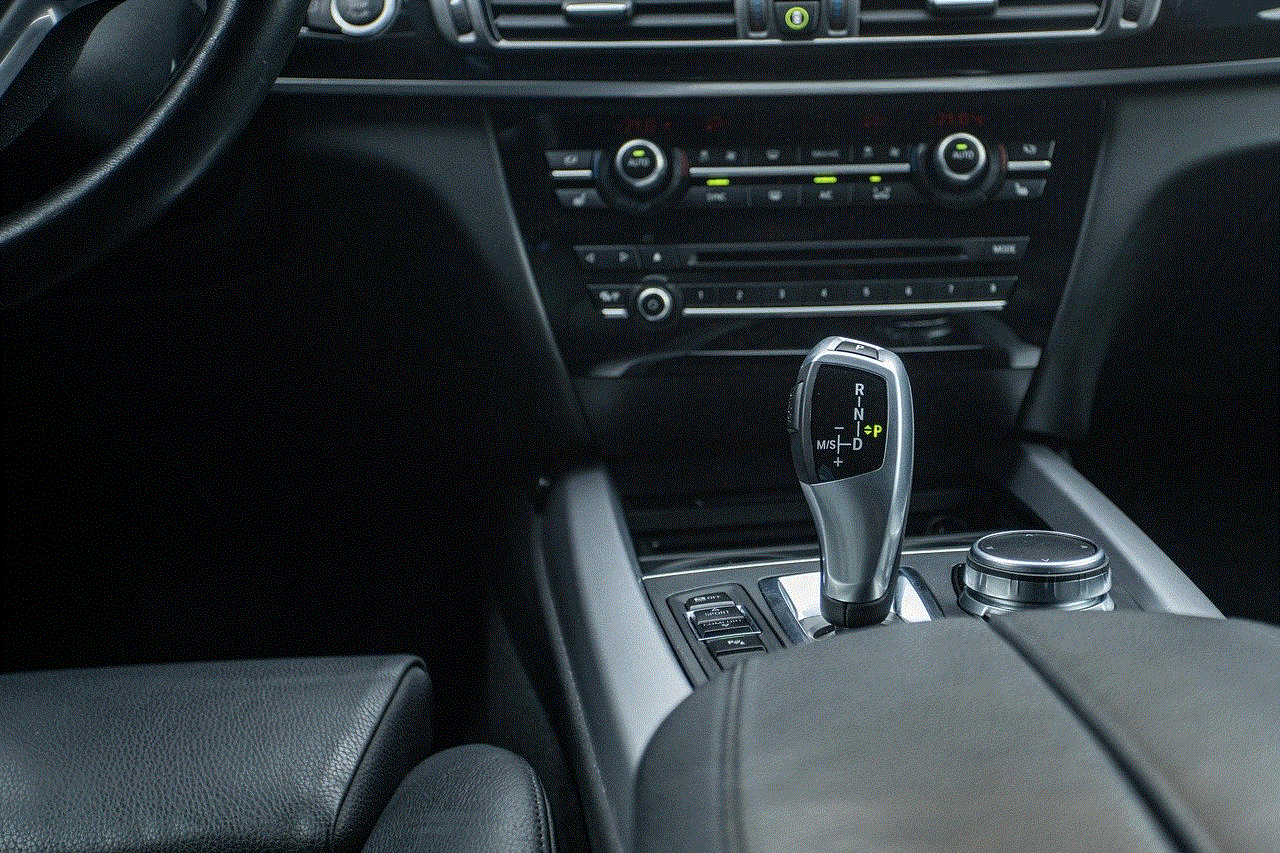how to add people to find my iphone
# How to Add People to Find My iPhone: A Comprehensive Guide
In today’s fast-paced digital world, keeping track of our devices has become more critical than ever. Apple’s “Find My iPhone” is an invaluable tool that not only helps users locate their lost devices but also allows for sharing location information with trusted friends and family. This article will provide a detailed, step-by-step guide on how to add people to Find My iPhone, along with insights into its features, benefits, and some tips to enhance the overall user experience.
## Understanding Find My iPhone
Before diving into the process of adding people to Find My iPhone, it’s essential to understand what this feature entails. Find My iPhone is part of Apple’s broader Find My app, which combines the functionality of Find My iPhone and Find My Friends. This app allows users to locate, lock, or erase their devices remotely and share their location with selected contacts.
When you enable Find My iPhone on your device, it utilizes GPS, Wi-Fi, and cellular data to pinpoint your device’s location on a map. This feature is crucial for those who frequently misplace their devices or are concerned about theft. Adding people to Find My iPhone enhances the experience by enabling location sharing among trusted individuals, which can be particularly useful in emergency situations or when coordinating group activities.
## Setting Up Find My iPhone
Before you can add people to Find My iPhone, you need to ensure that the feature is activated on your device. Here’s how to do it:
### Step 1: Enable Find My iPhone
1. **Open Settings**: Tap on the Settings app on your iPhone.
2. **Tap on Your Name**: At the top of the Settings menu, tap your name to access your Apple ID settings.
3. **Select Find My**: Scroll down and select “Find My.”
4. **Turn on Find My iPhone**: Toggle the switch to enable Find My iPhone. You may also choose to enable “Send Last Location,” which automatically sends your device’s last known location to Apple when the battery is critically low.
### Step 2: Sign in to iCloud
Ensure that you are signed in to iCloud, as Find My iPhone relies on iCloud services to function effectively. If you’re not signed in, follow these steps:
1. **Return to Settings**: Go back to the main Settings menu.
2. **Tap on Sign in to your iPhone**: Follow the prompts to enter your Apple ID and password.
## Adding People to Find My iPhone
Once you have enabled Find My iPhone and ensured that you are signed in to iCloud, you can start adding people to your location-sharing setup. Here’s how:
### Step 3: Open the Find My App
1. **Locate the Find My App**: Open the Find My app, which can usually be found on your home screen.
2. **Select the “People” Tab**: At the bottom of the screen, tap on the “People” tab. This section allows you to manage your location-sharing settings.
### Step 4: Share Your Location
1. **Tap on “Share My Location”**: From the People tab, tap on “Share My Location.”
2. **Select Contacts**: You’ll see a list of your contacts. Choose the individuals you want to share your location with. You can select multiple contacts at once.
3. **Choose Sharing Duration**: After selecting contacts, you’ll be prompted to choose how long you want to share your location. Options typically include one hour, until the end of the day, or indefinitely.
### Step 5: Confirm Location Sharing
1. **Tap “Send”**: After selecting your contacts and sharing duration, tap “Send.” The selected individuals will receive a notification that you are sharing your location with them.
2. **Adjust Notifications**: You can also choose to enable or disable notifications for when your contacts share their location with you.
## Managing Location Sharing
After you have added people to Find My iPhone, you may want to manage or modify your sharing settings. Here’s how to do it:
### Step 6: Modify Shared Locations
1. **Go to the People Tab**: Open the Find My app and navigate back to the “People” tab.
2. **Select a Contact**: Tap on a contact’s name to view details about the location-sharing arrangement.
3. **Manage Options**: Here, you can adjust settings, such as stopping location sharing or getting directions to their location.
### Step 7: Stop Sharing Your Location
If you ever decide to stop sharing your location with someone, follow these steps:
1. **Open the Find My App**: Go back to the Find My app and tap on the “People” tab.
2. **Select the Contact**: Choose the contact with whom you want to stop sharing your location.
3. **Tap on “Stop Sharing My Location”**: Confirm your choice. The individual will no longer have access to your location.
### Step 8: Remove People from Location Sharing
If you want to remove someone from your location-sharing list entirely, you can do so easily:
1. **Go to the People Tab**: Open the Find My app and go to the “People” tab.
2. **Select the Contact**: Tap on the name of the person you want to remove.
3. **Tap on “Remove”**: You will be prompted to confirm the removal. Once confirmed, they will no longer be able to see your location.
## Benefits of Sharing Your Location
Sharing your location with trusted friends and family can provide numerous benefits. Here are some reasons why this feature is useful:
### Enhanced Safety and Security
In emergency situations, being able to share your location can be a lifesaver. If you find yourself in a precarious situation, your loved ones can quickly locate you and provide assistance. Whether you’re out late at night or traveling to an unfamiliar area, knowing that someone can find you adds an extra layer of security.
### Streamlined Group Coordination
When coordinating group outings, such as trips or events, sharing your location can simplify logistics. Friends can easily find each other in crowded places or navigate to a chosen meeting point without continuous phone calls or messages.
### Family Tracking
For families with children, sharing locations can help parents keep track of their kids. This feature is especially beneficial for teenagers who may be out with friends or commuting home. Parents can ensure their children are safe and can monitor their whereabouts without being intrusive.
### Peace of Mind
Knowing that friends and family can see your location provides peace of mind. Whether you’re out hiking, traveling, or simply running errands, the awareness that loved ones can locate you if necessary can alleviate anxiety.
## Potential Privacy Concerns
While sharing your location has several advantages, it’s essential to consider privacy implications. Here are some things to keep in mind:
### Select Trusted Contacts
Only share your location with people you trust. Be discerning about who you add to your location-sharing list. Consider the nature of your relationship and whether you feel comfortable sharing this information.
### Regularly Review Sharing Settings
Make it a habit to review your location-sharing settings periodically. Remove contacts that you no longer wish to share your location with to maintain your privacy.
### Be Mindful of Location History



Keep in mind that while sharing your location, your contacts may have access to your location history. This means they can see where you have been, which may be a concern for some users.
## Troubleshooting Common Issues
Sometimes, you may encounter issues while trying to add people to Find My iPhone. Here are a few common problems and their solutions:
### Issue 1: Unable to Share Location
If you’re unable to share your location, ensure that the Find My feature is enabled on your device. Additionally, check your internet connection, as a weak or unstable connection can hinder location sharing.
### Issue 2: Contacts Not Receiving Notifications
If your contacts are not receiving notifications about your location sharing, ensure that they have the Find My app installed and are signed in to their Apple ID. They may also need to adjust their notification settings to receive alerts.
### Issue 3: Location Not Updating
If your location is not updating in real-time, check your device’s location services settings. Go to Settings > Privacy > Location Services and ensure that Location Services is enabled for the Find My app.
## Conclusion
Adding people to Find My iPhone is a straightforward process that enhances the functionality of this essential tool. By sharing your location with trusted contacts, you can enjoy increased safety, streamlined coordination, and peace of mind. Remember to manage your sharing settings regularly and consider privacy implications when deciding whom to add. With the right approach, Find My iPhone can be a valuable ally in navigating today’s interconnected world.
In summary, whether you’re looking to keep your family safe, coordinate group activities, or simply want to know that someone can find you in case of an emergency, Find My iPhone offers a robust solution. By following the steps outlined in this guide, you can easily add people to your location-sharing list and enjoy the numerous benefits this feature provides.
gps for keys
# GPS for Keys: The Ultimate Solution to Your Lost Key Woes
**Introduction**
In an age where technology continues to revolutionize our daily lives, even the simplest of problems have innovative solutions. One such prevalent issue is misplacing keys, a common frustration for many. Whether it’s your car keys, house keys, or office keys, losing them can lead to unnecessary stress and lost time. Fortunately, the emergence of GPS technology has paved the way for effective solutions in tracking lost items. GPS for keys has become a game-changer, allowing individuals to locate their lost keys quickly and efficiently. In this article, we will explore the concept of GPS for keys, how it works, its benefits, and its impact on our daily lives.
### Understanding GPS Technology
Global Positioning System (GPS) is a satellite-based navigation system that provides location and time information across the globe. Originally developed for military use, GPS technology has now become an integral part of civilian life, with applications ranging from navigation to mapping and tracking. The basic functioning of GPS involves a network of satellites orbiting the Earth that communicate with GPS receivers, providing precise location data.
The principle behind GPS technology is relatively straightforward. A GPS receiver calculates its position by triangulating signals from multiple satellites. Each satellite transmits a signal that includes its position and the precise time the signal was sent. By comparing the time it took for the signals to reach the receiver, the GPS device can determine its exact location. This technology has been adapted for various uses, including tracking personal belongings such as keys.
### The Evolution of Key Tracking Solutions
Before the advent of GPS technology, individuals relied on traditional methods to keep track of their keys. Key hooks, bowls, and designated areas in the home were commonplace, but they often fell short of preventing misplacement. In recent years, the development of Bluetooth technology introduced a new wave of key-tracking devices. These devices use Bluetooth signals to connect to a smartphone app, allowing users to locate their keys within a limited range.
While Bluetooth key trackers are effective for short distances, they have limitations, such as a restricted range and dependency on the user’s smartphone. This is where GPS technology steps in, providing a broader tracking capability and eliminating many of the frustrations associated with traditional and Bluetooth-based solutions.
### How GPS for Keys Works
GPS key trackers are small, lightweight devices equipped with GPS technology. These devices can be attached to keychains or placed inside key fobs. Here’s a step-by-step breakdown of how GPS for keys operates:
1. **Attachment**: The GPS tracker is securely attached to the keychain or placed inside a key fob. This ensures that the device is always with the keys.
2. **Signal Transmission**: The GPS tracker continuously communicates with satellites to determine its precise location. This information is transmitted to a dedicated smartphone app or web interface.
3. **Real-time Tracking**: Users can access the app or web interface to view the real-time location of their keys. This feature is particularly useful when keys are misplaced within a larger area.
4. **Geofencing**: Many GPS key trackers come with geofencing capabilities. Users can set up virtual boundaries, and if the keys move outside these designated zones, the user receives an alert.
5. **Location History**: Some GPS trackers maintain a history of the keys’ movements, allowing users to track where they may have left them in the past.



### The Benefits of Using GPS for Keys
The integration of GPS technology into key tracking systems offers numerous advantages:
1. **Immediate Location Access**: The most significant benefit is the ability to locate lost keys almost instantly. Users no longer have to rummage through bags or search under cushions. A quick glance at the app reveals the keys’ exact whereabouts.
2. **Reduced Anxiety**: The anxiety of losing keys can be overwhelming. Knowing that you have a reliable GPS tracker attached to your keys offers peace of mind, allowing you to focus on other tasks without the constant worry of misplacing them.
3. **Time Efficiency**: Finding lost keys can consume valuable time. With GPS trackers, users can save time and increase productivity by quickly locating their keys and getting on with their day.
4. **Geofencing Alerts**: The ability to set up geofencing allows users to receive notifications when their keys move out of a specified area. This feature is particularly useful for individuals who frequently leave their keys in potentially insecure locations.
5. **Durability and Portability**: Most GPS key trackers are designed to be durable and portable. They can withstand daily wear and tear, ensuring that they remain functional even in challenging conditions.
6. **Versatility**: GPS trackers are not limited to keys. They can also be used to track bags, wallets, pets, and other valuable items, providing a versatile solution for various tracking needs.
### Choosing the Right GPS Key Tracker
With the growing popularity of GPS key trackers, consumers are faced with a plethora of options on the market. Here are some key factors to consider when choosing the right GPS key tracker:
1. **Battery Life**: Look for a GPS tracker with a long battery life. Some devices come with rechargeable batteries, while others rely on replaceable batteries. Consider your usage patterns to determine which option suits you best.
2. **Range**: Different GPS trackers have varying ranges. Ensure that the device you choose provides adequate coverage for your needs. Some trackers offer global tracking capabilities, while others may be limited to specific regions.
3. **App Compatibility**: Check the compatibility of the GPS tracker with your smartphone or tablet. A user-friendly app can enhance the overall tracking experience.
4. **Additional Features**: Consider what additional features are important to you. Some trackers offer features like location history, voice activation, and integration with smart home devices.
5. **Price**: GPS key trackers come in a range of prices. Determine your budget and find a tracker that meets your needs without breaking the bank.
### Real-Life Applications of GPS for Keys
The practical applications of GPS for keys extend beyond personal use. Various industries and sectors can leverage this technology to enhance security and efficiency:
1. **Automotive Industry**: Car manufacturers are increasingly integrating GPS technology into key fobs. This allows users to track their vehicles in case of theft or misplacement.
2. **Hospitality**: Hotels can provide guests with GPS-enabled keycards, allowing guests to locate their rooms or other amenities more easily.
3. **Corporate Environment**: Businesses can implement GPS tracking for office keys, ensuring that only authorized personnel have access to certain areas and helping to prevent unauthorized entry.
4. **Emergency Services**: First responders can benefit from GPS technology by ensuring that they can locate emergency keys for access to buildings quickly.
5. **Personal Security**: Individuals can use GPS key trackers as part of a broader personal security strategy, ensuring that they can always locate essential items in case of emergencies.
### The Future of GPS Key Tracking
As technology continues to advance, the future of GPS key tracking looks promising. Innovations in artificial intelligence and machine learning may lead to even more sophisticated tracking systems that can predict when and where users are likely to misplace their keys.
Furthermore, the integration of GPS tracking with other smart home technologies may enhance user experience. Imagine a scenario where your smart home system alerts you when you leave the house without your keys or reminds you where you left them the last time you were home.
### Conclusion
GPS technology has transformed the way we manage and locate our belongings, particularly in the case of lost keys. The convenience, efficiency, and peace of mind that GPS key trackers provide are invaluable in today’s fast-paced world. Whether you’re a busy professional, a parent juggling multiple responsibilities, or simply someone looking to reduce stress, investing in a GPS key tracker can significantly improve your daily life.



As the technology continues to evolve, we can expect even more innovative solutions to emerge, further simplifying our lives and reducing the frustration of lost keys. In a world where time is precious, having the right tools at your disposal can make all the difference. So, if you find yourself frequently searching for your keys, it may be time to consider a GPS solution. After all, a small investment in technology can save you time, reduce anxiety, and enhance your overall quality of life.
